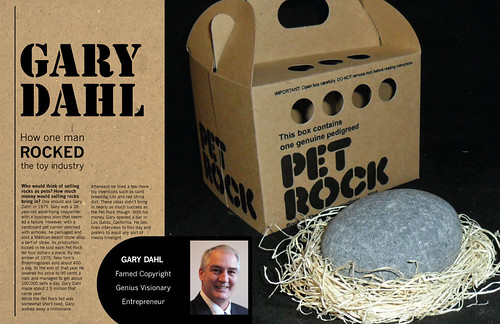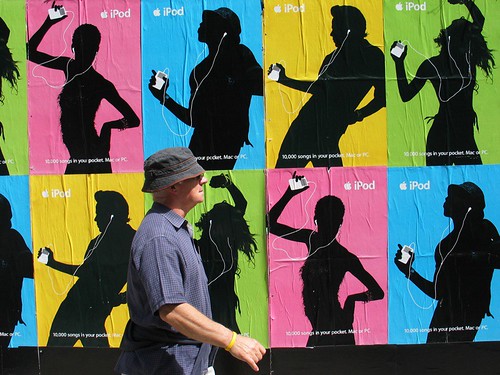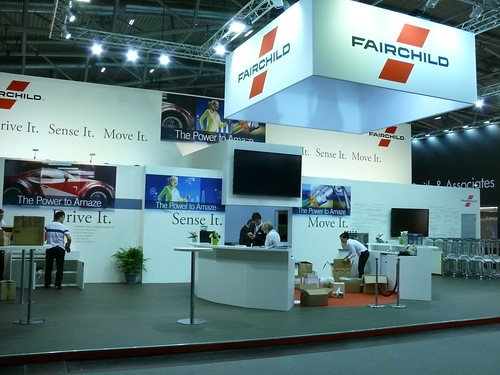Why trends and fads?
Why trends and fads came about as a post, was that I was scrolling on my LinkedIn notifications on a Saturday (I know, I know I should keep my life free of this crap on the weekends.) Creative Review were talking about how trend forecasting had become rusty, but that got me thinking about did they understand the difference between trends and fads?
A good deal of what I see described as trends are fads, which then got me wondering about how do I help people differentiate between trends and fads.
Why has it become harder to differentiate likely trends and fads?
I would argue that the difficulty in differentiating likely trends and fads is down to a few reasons.
- The nature of culture has changed. It has become massively parallel in nature. This has in turn impacted trends
- Culture has become elongated in nature.
- The changing nature of culture means trends surface and submarine again over time.
Mass to massively parallel.
Culture has become massively parallel. Culture and its nature has been transformed over the last century. There were a few sub-cultures at best that mattered at a given given moment in time.
The idea of the ‘teenager’ which was the first attempt to carve out a new generation was done in the post-war affluence of America and latterly European countries, Japan and Korea as economic development took hold. We might use different language now, but teenagers were the engines for the sale of goods and services:
- New music
- New spaces (gaming arcades, fast food restaurants, coffee shops, instant messaging platforms, social platforms)
- New fashion looks (mods, rockers, greasers, ravers, emo, gorpcore etc.)
At the time, the mass media helped facilitated the propagation of a mass culture. A few music publications, radio stations, newspapers and TV stations could make a break an artist. We can see this over time with the power of Johnny Carson, Merv Griffin or Ed Sullivan in the US, Gay Byrne and Gerry Ryan in Ireland or Top of the Pops and Pete Tong in the UK.
However a combination of economic improvement and technology saw the mass media broaden with countless publications, TV channels, radio stations, websites and social channels until it is no longer ‘mass’ in nature.
Add to this, the world got smaller. Travel while still expensive became cheaper from the 1970s and 1980s onwards allowing more people to discover culture from elsewhere. And this was despite a massive surge in the price of oil due to troubles in the Middle East. So trends and fads moved around the world. Liverpool lads brought the ideas of sports casual dress from Spanish and French department stores, Japan borrowed various parts of Americana and streetwear, hip hop went around the world.
The connectivity from the worldwide web put this in overdrive. A world of culture opened up making things massively parallel, which allowed people to pick and choose their own cues. These choices gave us massively parallel culture and resulting trends.
Culture has become elongated in nature.
I have friends (and associates) in their late 50 and early 60s who DJ, surf, skateboard and do martial arts. These were people who remember club nights before house music let alone EDM, who can remember the first skate parks being built in the UK and knew of Stüssy because they were part of the original Stüssy tribe of interesting folks formed by Shawn himself.
People who might listen to Radio 4 on occasion, but are still cooler and more culturally relevant than many teenagers. Probably more culturally relevant than their college age kids.
This cultural elongation is something that we’re starting to see gen-z obsessed agencies. A good example of this is ZAK Agency’s Learn To Time Travel white paper. Part of it has been down to life stages happening later for each generation; or not at all.
- Moving out on your own.
- Settling down.
- Having children.
- Buying their own home.
- Being able to afford to retire.
Part of it is down to the world norms changing. I seldom have had to wear a shirt and tie, or suit to work. My Dad wore a tie right up until the mid-1980s to work, because that was expected of him. He wasn’t a banker, but a shipyard worker. Athletes can potentially stay in peak condition for longer, all made possible by the modern world.
Despite what we believe about technology usage, for those who are 70 or younger, income influences tech adoption as much as age related knowledge. Giving all of us access to as much culture as we can mainline.
Fads
If you hear the phrase ‘TikTok trends’ that are fast-changing, it’s a clue that it’s likely to be a fad unless by some blessed miracle it sticks. In the 20th century, fads were often easier to spot and the 1970s in particular were a gold mine for the fad spotter.
Fads appear, go large and then disappear. They are ethereal in nature, rather like most TikTok trends. The Pet Rock is a prime example with its swift rise and demise.
Pet Rock
Northern California-based copywriter Gary Dahl came up with the idea of a pet rock. Essentially adhesive googly eyes attached to a rounded pebble that might feel pleasing in your hand for skimming across a body of still water like a lake. Dahl’s insight came from sitting with friends in a bar and listening to complain about the challenges of pet care.
Dahl started off his project by writing a satirical pet care manual for a rock, based on the kind of care guide a veterinarian might have for a new dog owner. This included on tips for when your rock was feeling anxious.
The rock came with the instruction book for care, it sat in a nest of long wood shavings inside a card carrying crate with a handle on top and seven vent holes on each side.
Dahl put his product into the market in August 1975. Dahl was apparently selling 10,000 rocks a day and it became a gag gift over the Christmas period with estimates on sales as between 1 million to 1.5 million genuine rocks. By February 1976, they started to need discounting. Dahl ploughed his profits into opening the Carry Nation’s bar in Los Gatos, which is still there.
The Pet Rock was clearly a fad, yet it did inspire my junior school art teacher to get us to collect stones from a visit to the beach, stick googly eyes on them and varnish the whole lot. Some were brought home and the rest sold at the school fair. Dahl wasn’t able to patent his idea. As far as I know around 2010, someone started an abortive business replicating Dahl’s packaging design and rocks.
Dahl built his freelance copywriting business up into an agency that produced radio and television ads for local businesses including wireless providers, technology firms and dot coms. The reason for this was that Campbell had been living in the Silicon Valley area as it grew up into what we know today. Dahl even wrote the For Dummies guide on advertising in 2001, which is still available today and is a good primer on the process. Dahl passed away in 2015.
Trends are resurgent, surfacing and submarining over time.
Take the idea of cocooning in our own soundscape as an example of a resurgent trend. If you go on the public transport headphones or AirPod type earphones are ubiquitous. If you go and work in an office, you will see a similar set up. Prior to the rise of the AirPods it would have more likely been Sony or Bose over-ear headphones rather than wireless AirPods.
Back in the early 1970s, my Dad took the train down to London while listening to a collection of cassettes he’d made of his record collection. The trip was one he occasionally made for the shipyard where he worked at the time. It was a long slow train journey. We had a bulky luggable cassette player similar to the one below and he wore a pair of headphones bought in Liverpool that looked like sturdy ear protectors. The tape machine was more designed for basic portable recording such as a manager recording a memo to be typed up. They were occasionally pressed into service in a similar way to my Dad’s usage.
Boomboxes weighed a lot, Sony provided an alternative with the Walkman and eventually the Discman. These were portable cassette and CD players respectively which offered personal listening with headphones. These were briefly joined by MiniDisc players.
Around about the time when the web started to take off, you had early MP3 players such as the Rio series of machines and the CreativeLabs Nomad. But things took off with the Apple iPod, offering a new level of personal audio freedom.
Eventually a confluence of the smartphone as digital Swiss Army knife and BlueTooth wireless standards provided us with our current personal audio freedom.
Cocooning is just one example. As far back as the post-war era we have seen military surplus clothing go in and out of style. Thrifting has taken a similar route with it driving the iconic grunge look of the early 1990s and the Dpop shopping of today’s young people.
We could quite easily come up with a list of trends that never die. The annual trend reports tweaking the relative volumes on these trends over time to match economic and socio-cultural changes.
More related content here.







